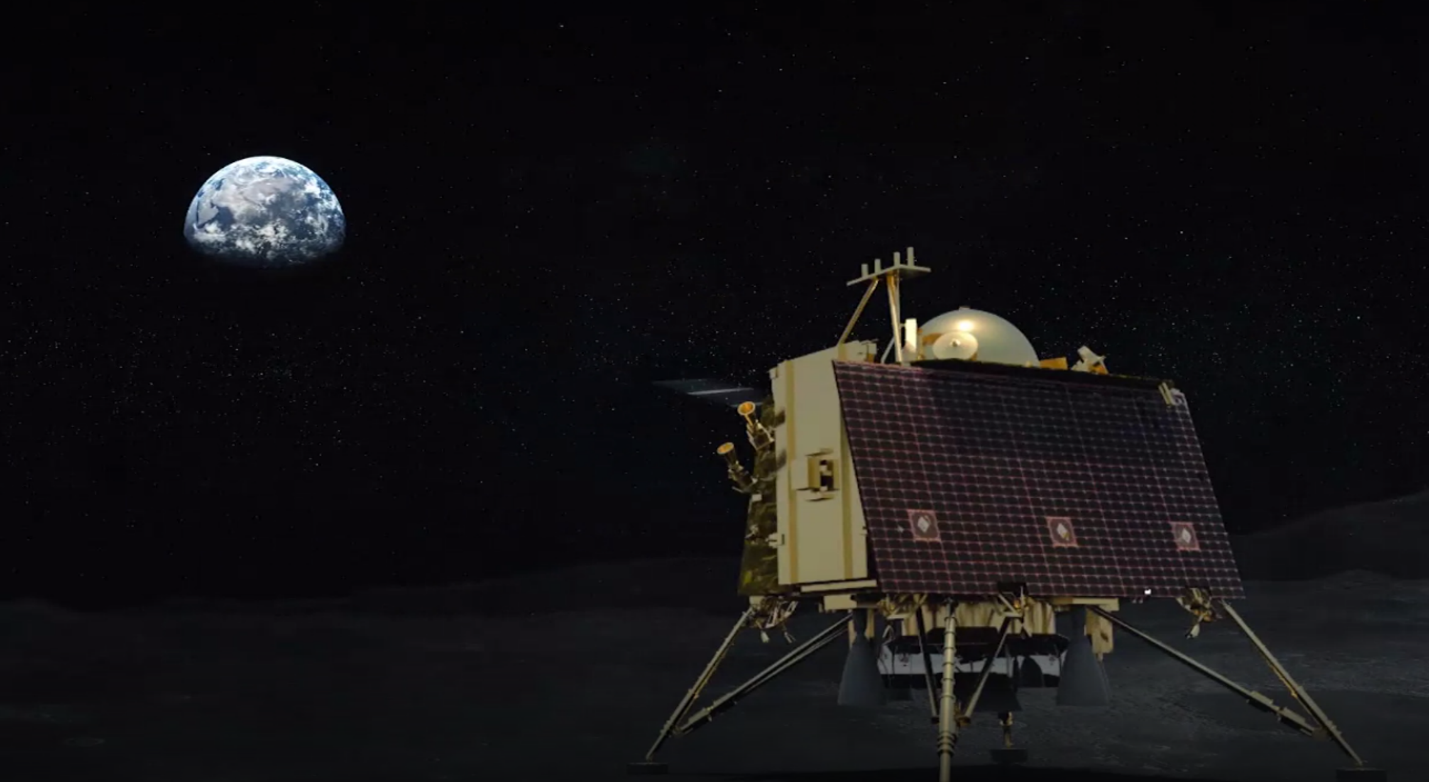
The Rs 978-crore unmanned Chandrayaan-2 mission (satellite cost Rs 603 crore, GSLV MK III cost Rs 375 crore) is expected to shed light on a completely unexplored section of the Moon — its South Polar region.
Chandrayaan-2’s landing module ‘Vikram’ will begin its final descent to pull off a historic soft landing on the lunar surface in the early hours of Saturday, as the Indian Space Research Organisation awaits with bated breath for the “terrifying moment”.
A successful landing will make India the fourth country after Russia, the US and China to achieve a soft landing on the moon. But it will be the first to launch a mission to the unexplored lunar south pole.
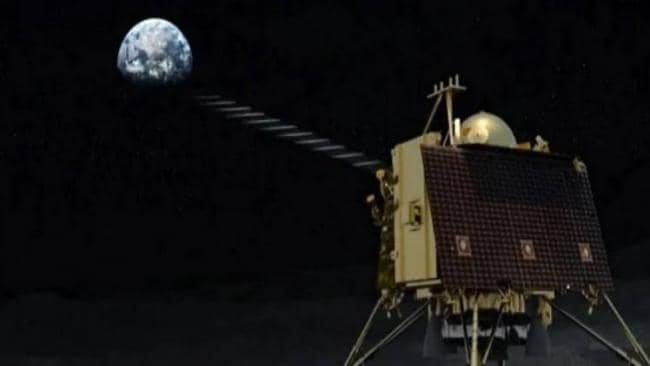
Joined by about 60-70 high school students from across the country, Prime Minister Narendra Modi will be present at the ISRO centre in Bengaluru to witness live the space feat, according to officials.
‘Vikram’ with rover ‘Pragyaan’ housed inside is scheduled for a powered-descent between 1 am and 2 am on September 7, followed by its touchdown between 1.30 am and 2.30 am. The lander is now in an orbit that would be about 35 km from the lunar surface at its nearest point from where it will begin its final descent.
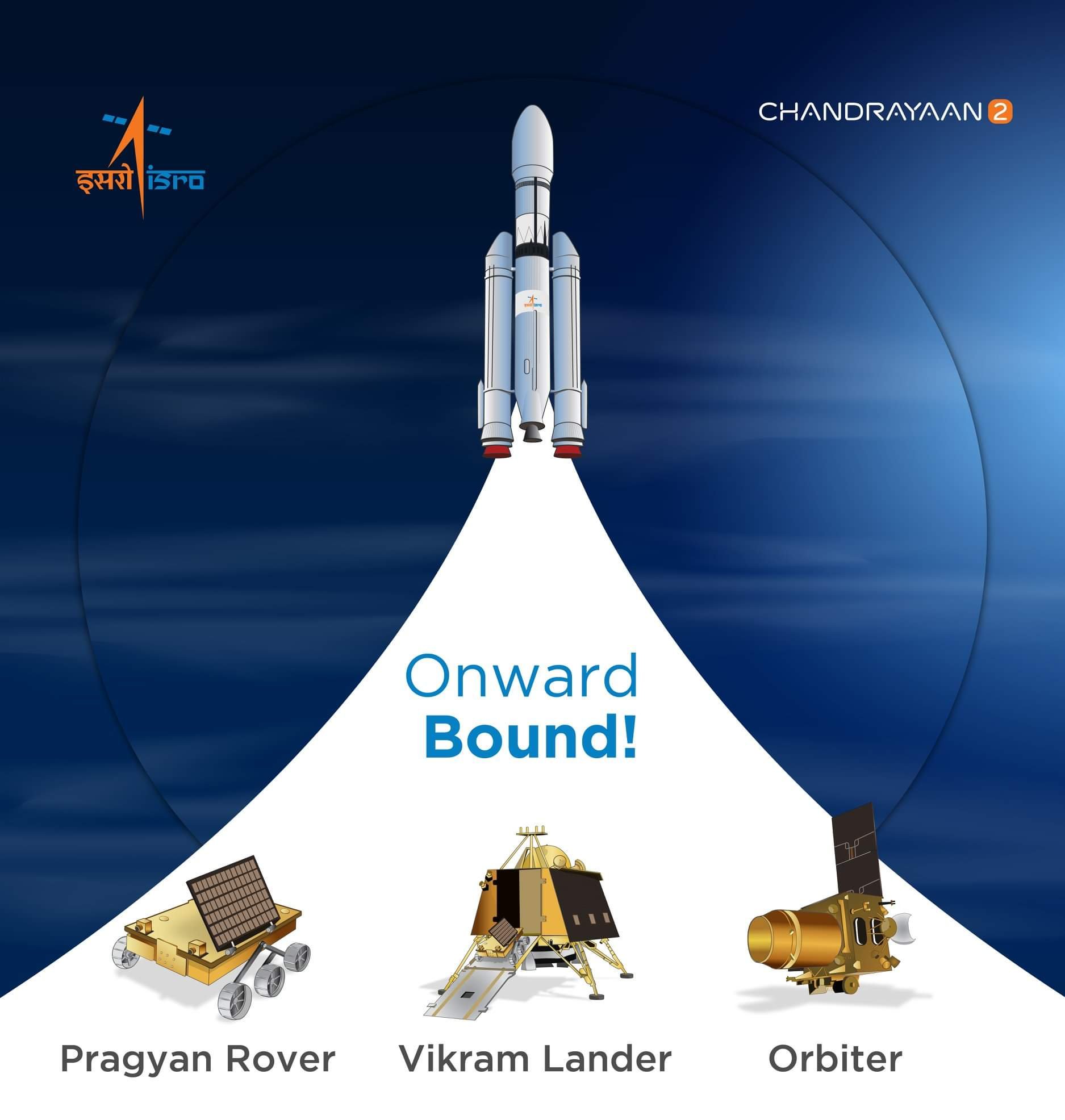
ISRO has said Chandrayaan-2 will attempt to soft land the lander and rover in a high plain between two craters, Manzinus C and Simpelius N, at a latitude of about 70 south. ISRO Chairman K Sivan said the proposed soft landing on the Moon was going to be a “terrifying” moment as the ISRO has not done it before, where as Lunar Orbit Insertion (LOI) manoeuvre was successfully carried out during the Chandrayaan-1 mission.
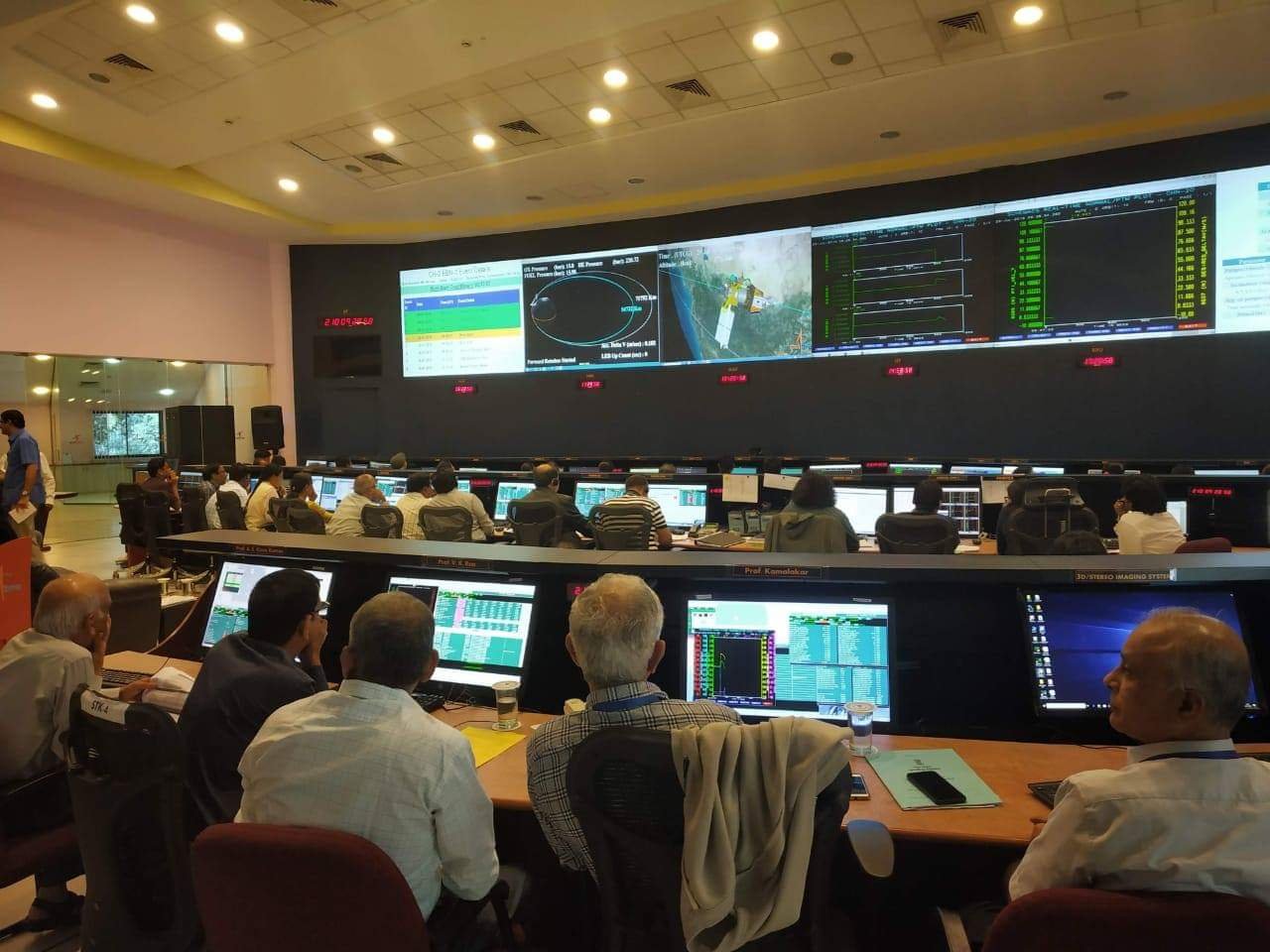
Explaining the landing manoeuvres, Sivan had said once the manoeuvre starts from about 30 km to land on the surface of the moon, it will take 15 minutes. “This 15 minutes travel of lander is new to ISRO. It is for the first time we are going to another body where there is no atmosphere and using the propulsion system we will have to break the velocity and bring the vehicle safely to soft land.
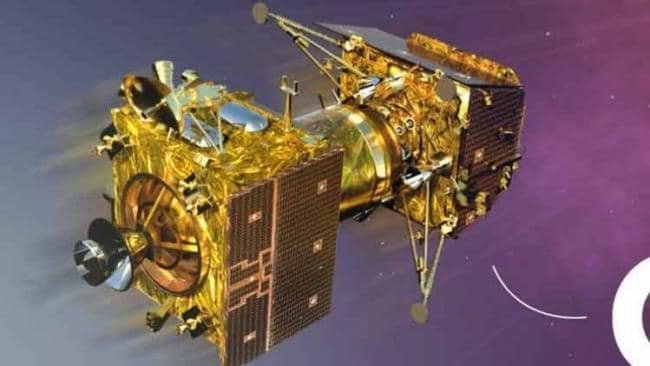
To achieve this we will have to balance between the gravity and thrust. So we have to modulate the thrust of the engine,” he had said. Following the landing, the rover ‘Pragyaan’ will roll out from ‘Vikram’ between 5.30 am and 6.30 am.
Indian Space Research Organisation (ISRO) Chairman K Sivan to ANI on #Chandrayaan2Landing: We're going to land at a place where no one else has gone before. We're confident about the soft landing. We're waiting for tonight. (File pic) pic.twitter.com/rfBLWnKgJp
— ANI (@ANI) September 6, 2019
While, the ‘Pragyaan’ will carry out experiments on the lunar surface for a period of one lunar day, which is equal to 14 earth days, the main orbiter will continue its mission for a year. The lander and rover carry country’s symbols on them, which will remain on the moon for long.
“The rover has six wheels (three each on both sides), the back two wheels- one has Ashoka Chakra on it and the other has ISRO emblem. Also, the ramp of the lander on which rover will come out and land on moon has Indian flag on it,” Sivan had earlier said.
Karnataka: Prime Minister Narendra Modi arrives at Bengaluru Airport; received by CM BS Yeddiyurappa. He will reach ISRO centre in Bengaluru tonight ahead of landing of #Chandrayaan2 on the moon. pic.twitter.com/Bc9RngfjPl
— ANI (@ANI) September 6, 2019
The Rs 978 crore unmanned moon mission (satellite cost Rs 603 crore, GSLV MK III cost Rs 375 crore) is expected to shed light on a completely unexplored section of the Moon — its South Polar region.
Less than 3 hours to go !
Watch the live telecast from 1:15 AM IST on our website https://t.co/H6xiSf2TIP and on DD National.
Live streaming also available on:
Youtube: https://t.co/xzjitfLyHz, Facebook: https://t.co/zugXQAGoNq pic.twitter.com/8wQ1LL6nYA— ISRO (@isro) September 6, 2019
Pointing out that Chandrayaan 2 was going to South Pole, a place where nobody else has gone, ISRO Chairman K Sivan had said, the entire scientific community of the nation and the globe were eagerly waiting for the mission.
Ever wondered about Pragyan’s different parts and how it functions? Watch the full video to find out!https://t.co/EuL6Gf72Jd#ISRO #Chandrayaan2 #Moonmission
— ISRO (@isro) September 6, 2019
According to ISRO, the lunar South Pole is especially interesting because of the lunar surface area here that remains in shadow is much larger than that at the North Pole and there was a possibility of the presence of water in permanently shadowed areas around it.
In addition, South Pole region had craters that are “cold traps” and contain a fossil record of the early Solar System. India’s Geosynchronous Satellite Launch Vehicle, GSLV MkIII-M1 had successfully launched the 3,840-kg Chandrayaan-2 spacecraft into the earth’s orbit on July 22.
Chandrayaan-2 satellite began its journey towards the moon leaving the earth’s orbit in the dark hours on August 14, after a crucial manoeuvre called Trans Lunar Insertion (TLI) that was carried out by ISRO to place the spacecraft on “Lunar Transfer Trajectory”.
The spacecraft successfully entered the lunar orbit on August 20 by performing Lunar Orbit Insertion (LOI) manoeuvre. On September 2, the lander ‘Vikram’ successfully separated from the orbiter, following which two de-orbiting manoeuvres were performed to bring the lander closer to the Moon.
The health of the spacecraft is being continuously monitored from the Mission Operations Complex (MOX) at ISRO Telemetry, Tracking and Command Network (ISTRAC) in Bengaluru with support from Indian Deep Space Network (IDSN) antennas at Bylalu, near Bengaluru.
The orbiter carries eight scientific payloads for mapping the lunar surface and study the exosphere (outer atmosphere) of the Moon while the lander carries three scientific payloads to conduct surface and subsurface science experiments.
The rover carries two payloads to enhance the understanding of the lunar surface. The rover will be rowing on the moon on its own propulsion at the speed of one cm per second and will cover 500 metres in its lifetime.
According to ISRO, the mission objective of Chandrayaan-2 is to develop and demonstrate the key technologies for end-to-end lunar mission capability, including soft-landing and roving on the lunar surface.
On the science front, the mission aims to further expand the knowledge about the moon through a detailed study of its topography, mineralogy, surface chemical composition, thermo-physical characteristics and atmosphere, leading to a better understanding of the origin and evolution of the moon as reported by News 18.
Watch the live telecast here ?
Chandrayaan 2 lunar landing: Isro loses contact with lander Vikram
Vikram, Chandrayaan 2’s lander, lost contact with Indian Space Research Organisation’s (Isro) mission control centre just a few minutes before it had to soft-land on the lunar surface. After that the scientists went into a huddle and Prime Minister Narendra Modi was informed by ISRO Chairman K Sivan about the loss of communication. Scenes of heightened tension among the scientists could be seen in the mission control. The data is still being analysed by them to conclude what happened to the lander.
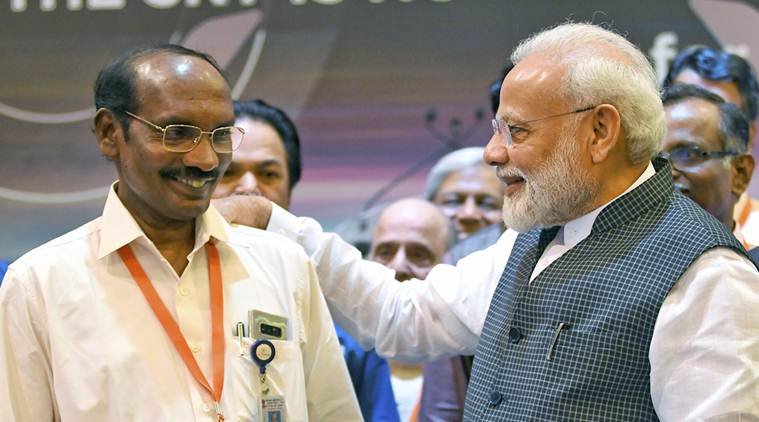
The lander performed as planned by Isro up to a point when it was 2.1 kilometres (km) above the Moon’s surface. This was in the fine-breaking phase of the descent process, in which the craft had to be brought down from a height of 5 km to about 400 metres. Before this, the descent operation started from the height of around 30 km.
In the first rough-breaking phase, the orbit was brought down from 30 km to 7.4 km in about 10 minutes. The velocity of Vikram was also bought down from 1,680 m per second to 146 m/sec during this phase. In the next absolute navigation (altitude control) phase, the orbit was further reduced to 5 km from 7.4 km and the velocity slowed even more. When communication was lost Vikram was still travelling at around 50 m/sec.
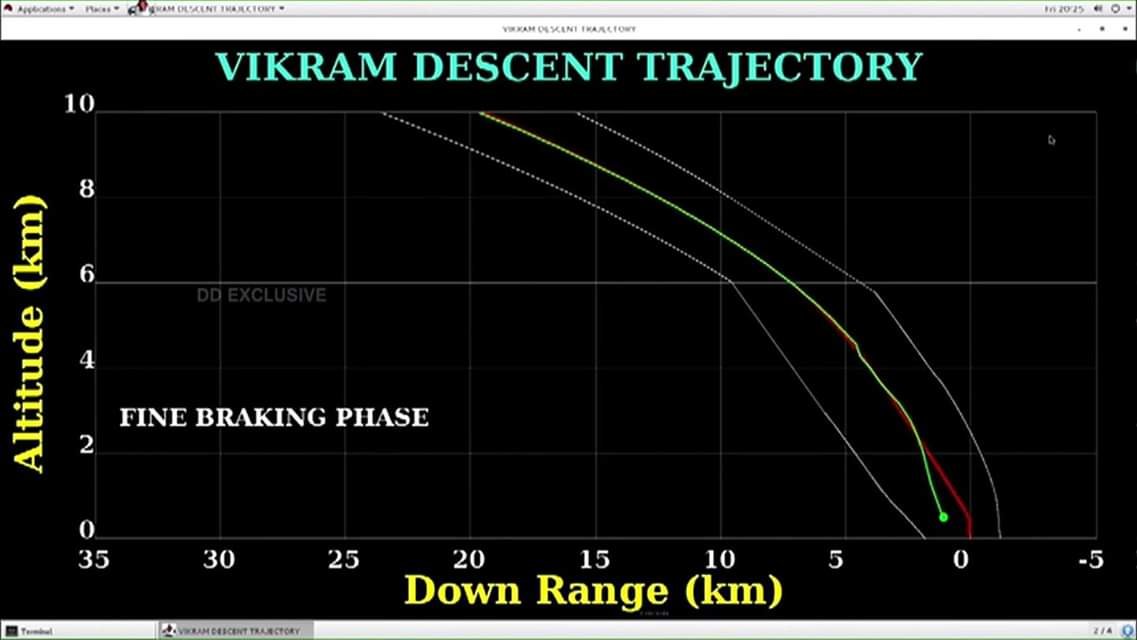
Vikram had successfully detached from the orbiter on September 2. The next day, the lander reduced its orbit to 100 km x 30 km and then all the systems were self-checked onboard for the subsequent three days.
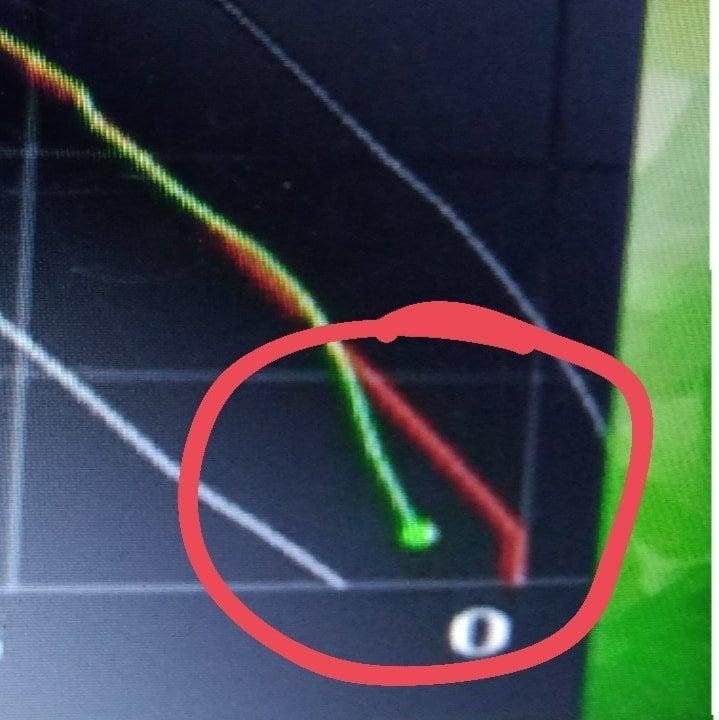
Years of hard work and planning by Isro scientists and Chandrayaan 2’s 48-day journey from Earth to Moon finally had come down to the last few ‘minutes of terror’ that Vikram was seemingly not able to overcome. With this India would have become only the fourth country to have successfully soft-landed a human-made object on another planet or natural satellite after the United States, Russia and China.
A soft-landing protects the object from impact while a hard landing doesn’t. Soft-landing ensures that the object is able to carry out further experimentation on the target planet or satellite, mostly with the help of a rover vehicle.
Soft-landing on any planetary surface is complicated. Vikram was to use five thrusters — four at the corners and one at the centre to make its final descent. Maintaining the required velocity with such thrusters is difficult as a fine balance among them needs to be maintained. Then there is the issue of moon dust which could wreck the engines of the thrusters.
At the moment, Isro scientists are non committal about the fate of Vikram. It could have landed successfully despite losing communication because the landing process was programmed into the lander itself without being micromanaged by ground control. Else it could have crash landed on the lunar surface. The final conclusion can be drawn only after careful analysis.
With Vikram’s landing India would have become the only country to have landed a craft near the south pole of the Moon. The spot where Vikram was to land was a highland that rises between two craters called Manzinus C and Simpelius N. It’s about 600 km from the Moon’s south pole. A couple of hours after the landing Isro’s six-legged rover Pragyan was to roll out onto the lunar surface and start its exploration for the next 14 lunar days or one Earth day. It was to conduct experiments on chemistry, mineralogy and exosphere, especially collecting more evidence for the existence of water.
Exploration of this part of the Moon was very crucial to understand the characteristics of the satellite planet in full as all the other missions have conducted experiments and returned samples from regions closer to the equator. This was mainly because it is pretty difficult to land at the poles. To land at the poles the orbit of the lander has to remain at a 90-degree angle to the lunar surface.
This is not required in the equatorial regions where soft landings have been attempted before. Even there only 37 percent of attempted landings have been successful till date. Every correction in the orbit of Vikram to land near the south pole came with a penalty of wasted fuel which cannot be then used for other processes. But the lander carried 60-70 kg extra fuel for such exigencies. This fuel efficiency challenge could have been the point where Vikram could have faltered.
For Isro, the journey to the Moon has not been without delays and close shaves. The Chandrayaan 2 project has been delayed multiple times in the past year. The original launch date was in March 2018 which was later pushed to April and then to October to conduct further tests on the launch vehicle.
Further deliberations by the fourth comprehensive technical review meeting concluded that the mission’s components needed changes, especially in configuration and landing sequence. This pushed the launch date to the first half of 2019. In February 2019, the lander craft named Vikram suffered damage in both its legs during a routine test. After this setback ISRO reworked its systems and finally fixed July 15 as the launch date.
But just 56 minutes before the engines had to fire up, ISRO called off its launch due to a technical snag. The snag turned out to be a leak in the helium tank of the Geosynchronous Satellite Launch Vehicle Mk III M1 (GSLV Mk III M1). The entire process of identifying, analysing and fixing the leak took ISRO’s launch team only 24 hours after which they prepared for the launch, according to Sivan. The final launch took place on July 22 against a narrow window of only a few minutes.
Chandrayaan-2 orbiter healthy and safe in lunar orbit: ISRO official.
“Be courageous,” said the Prime Minister to the dejected scientistsafter ISRO chief K Sivan announced that contact with the lander had been lost at an altitude of 2.1 km from the moon’s surface. “What you have achieved is no mean achievement. Hope for the best. You have done a great service to the nation, science and humanity. Our journey will remain, I am with you, go ahead with courage.”
Rare are occasions when a nation awaits a moment as eagerly as this. On the ground, at the ISRO control centre, excitement and nervousness had mounted in the final countdown. Far away from the 24×7 TV noise, as messages started pouring in over social media praising the capabilities of ISRO, the Chandrayaan-2 mission control team was at work, quietly doing its job, oblivious to what was happening outside, focused on watching every signal coming from the spacecraft.
To decelerate after starting its descent, Vikram continuously fired its four thrusters in the direction of its movement. It travelled a total of almost 585 km in a parabolic path before losing contact. Before the touchdown, a few hundred kilometres from the ground, it was expected to hover over the surface, trying to ascertain whether there was a safe place to land.
As per ISRO official, Chandrayaan-2 orbiter healthy and safe in lunar orbit, hope we see much more success in coming years.